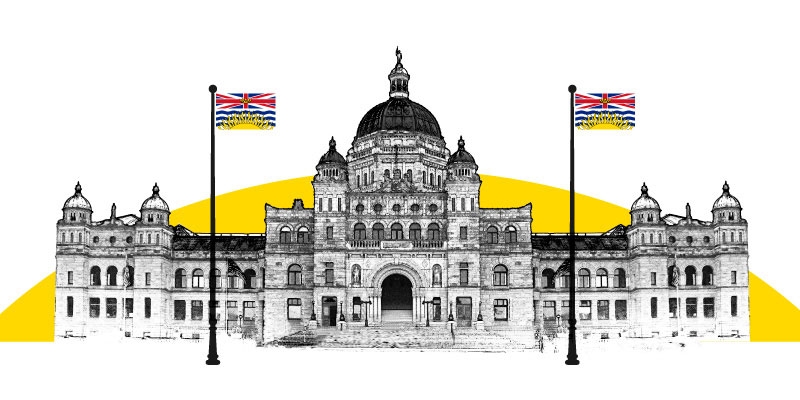Will British Columbia’s New NDP Government Abandon Past Spending Discipline?
— Published on February 14, 2018

Summary
- In many respects, British Columbia can currently boast of having the soundest fiscal position of any Canadian province. While other provinces, including Ontario and Alberta, have struggled in recent years with comparatively large budget deficits and significant debt accumulation, BC recorded a $2.7 billion operating surplus last year (2016/17)—its fourth consecutive operating surplus and the largest positive fiscal balance among the provinces.
- A key reason for BC’s favourable fiscal standing today is its relative spending discipline since 2001. After accounting for inflation and population, BC’s program spending increased at an average annual rate of 0.9 percent from 2002/03 to 2016/17—the lowest rate of any province. In Alberta and Ontario, program spending grew at faster annual rates—1.3 percent and 1.8 percent, respectively.
- If BC had increased program spending at the same rate as Alberta, the province would today be spending approximately $54.5 billion instead of what it actually spent ($46.1 billion). If BC’s program spending had increased at the same rate as Ontario’s, its spending level would have been $55.0 billion—almost $9 billion higher than was in fact the case. If spending increases in BC had grown at the average rate of the Canadian provinces (excluding BC), program spending in 2016/17 would have been $56.4 billion, approximately $10 billion more than the actual figure.
- From 2001/02 to 2016/17, BC ran nine operating budget surpluses and seven budget deficits, totaling an aggregate surplus of $10 billion over the period. Under each of the alternative spending scenarios, BC’s fiscal outcomes since 2001 would have been dramatically worse.
Authors:
More from this study
Subscribe to the Fraser Institute
Get the latest news from the Fraser Institute on the latest research studies, news and events.



